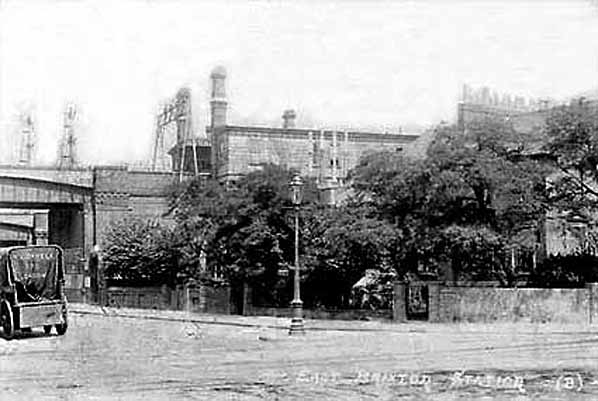| Date opened: |
13.8.1866 |
| Location: |
On the east side of Barrington Road north of its junction
with Coldharbour Lane. |
| Company on opening: |
London Brighton & South Coast Railway |
| Date closed to passengers: |
5.1.1976 |
| Date closed completely: |
5.1.1976 |
| Company on closing: |
British Rail (Southern Region) |
| Present state: |
The platforms and platform buildings were
demolished shortly after closure but the street level entrances
on Barrington Road still exist. The old booking hall beneath the arches hosted the Medussa club for many years, but is now used as a photo studio. |
| County: |
London |
| OS Grid Ref: |
TQ316756
|
| Date of visit: |
January 1976 |




 Home Page
Home Page 







